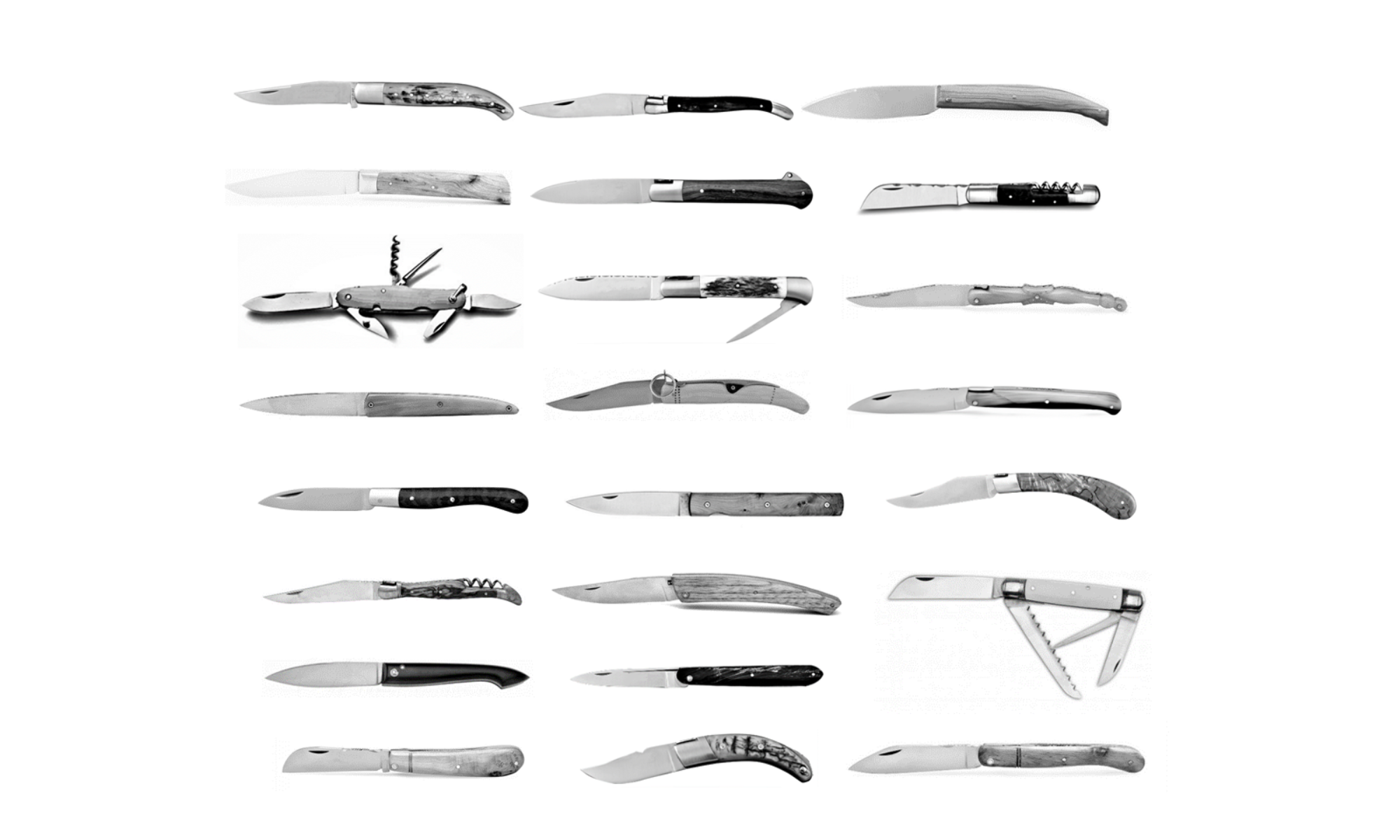
The Pradel knife is one of the few French knives that doesn’t have a city for name.

It gets its name from its inventor: Etienne Pradel, who created the type in 1867.


It is in fact inspired by English knives, from Sheffield, hence the large kick on the blade.


The success wasn’t great around Thiers where it was manufactured but it finally found interest in Normandy and Brittany with farmers and fishermen, especially those going on fishing campaigns around Newfoundland.


It was so popular that the pattern originally called “English style” finally adopted the name of its creator and that other manufacturers used the Pradel name for theirs, generating countless lawsuits.


The knife is simple, a spear blade, generally with a half-stop and a slightly trapezoidal, flat, handle with usually black horn covers and 4, 5 or 6 pins for extra sturdiness and a short bolster on top.

It was later developed in a multiblade version and countless sizes.


A simple worker’s knife, still popular today.

Find it on knives-of-france.com



















